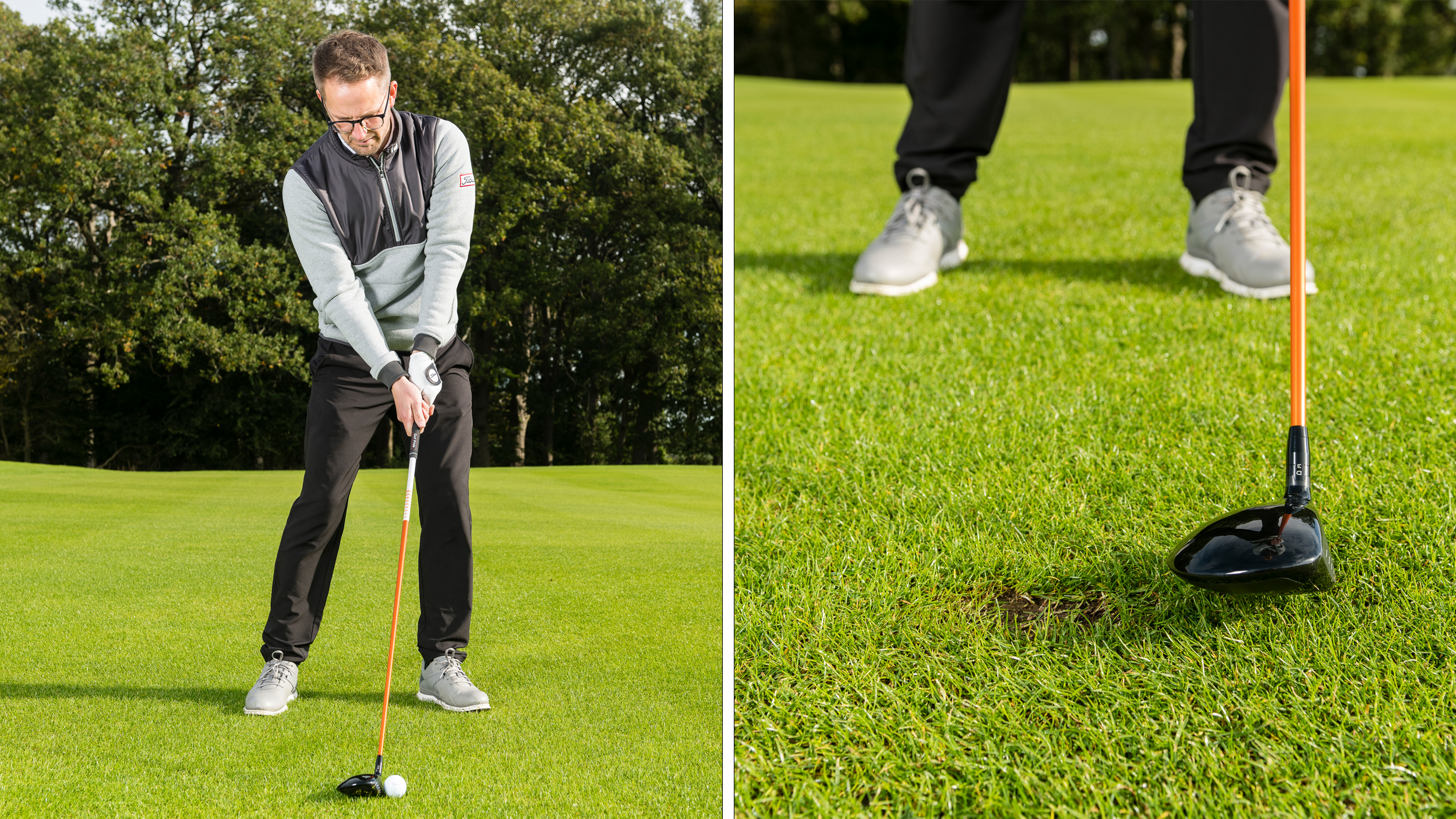How To Hit A 3-Wood Off The Ground
PGA pro Nick Drane shares his top tips on how to hit a 3-wood off the ground


Golf Monthly created this content as part of a paid partnership with Titleist. The contents of this article are entirely independent and solely reflect the editorial opinion of Golf Monthly.
How to hit a 3-wood off the ground
For amateurs and pros alike, even the best fairway woods can often prove difficult to hit. However, if it's a shot you can master it'll give you a serious advantage over your competition. In the video and article below, PGA pro Nick Drane shows us how to hit a 3-wood off the ground.
With the ball on the ground, little loft to look down on and standing further from the ball than you would with a mid-iron, hitting a 3-wood can be an intimidating prospect for any golfer. And for some, this means their fairway wood becomes redundant, taking up valuable room in the bag. However, there are some basics relating to fairway wood ball striking that are well worth knowing.
Common faults
One of the most common mistakes I see is players trying to 'lift' the golf ball into the air. The weight transfer works back to their trailside during the downswing, and they end up catching it in the bottom of the club or on the top. The result? A mishit. You can see from the picture immediately below, or by watching the video, how this will happen.

Leaning back and trying to scoop the ball into the air is only going to make it harder to hit your 3-wood
Weight transfer towards target
In order to hit your 3-wood off the ground successfully, we need to do the opposite. So, as you come into impact, I like to see weight transferring through towards the target.
It's not unusual to see some of the best players in the world taking a slight divot, which implies that they're hitting slightly down on the golf ball. By having the correct weight transfer, you're going to present the entire clubface to the ball - so you're more likely to hit it out the sweet spot.
RELATED: Strokes Gained Series: Your Ultimate Tee-To-Green Guide
Subscribe to the Golf Monthly newsletter to stay up to date with all the latest tour news, equipment news, reviews, head-to-heads and buyer’s guides from our team of experienced experts.

Don't be afraid to take a divot with your 3-wood
It might feel as though you're taking loft off, but you're actually presenting the entire face to get better contact for more distance and greater consistency. Importantly, you have to trust that the loft of the club will do the work of getting the ball into the air for you. This will take a bit of practice but the more you get used to how the mechanics work, the better your fairway wood ball striking will become.
Get fitted
Traditionally, a 3-wood has had 15° of loft, but some golfers may need more loft, initially. For example, you may find that you actually hit something like a 16.5° or 18° fairway wood further and better than a 15° 3-wood. So, be sure to see your PGA professional and get properly fitted.

Michael has been with Golf Monthly since 2008. A multimedia journalist, he has also worked for The Football Association, where he created content to support the England football team, The FA Cup, London 2012, and FA Women's Super League. As content editor at Foremost Golf, Michael worked closely with golf's biggest equipment manufacturers and has developed an in-depth knowledge of this side of the industry. He's a regular contributor, covering instruction, equipment, travel and feature content. Michael has interviewed many of the game's biggest stars, including seven World No.1s, and has attended and reported on numerous Major Championships and Ryder Cups around the world. He's a member of Formby Golf Club in Merseyside, UK.